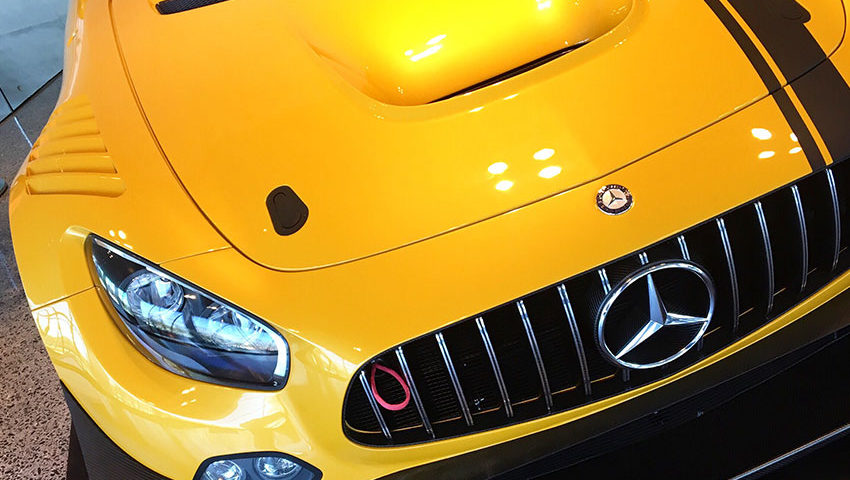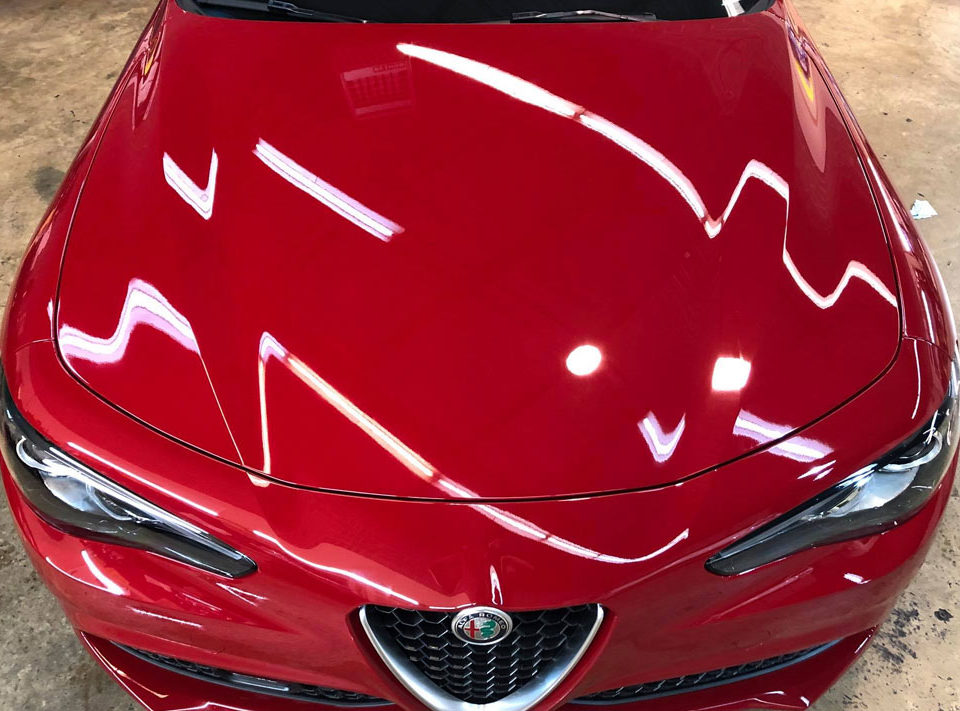
Things You Should Know About Car Window Tinting
September 16, 2024
6 Things You Should Know When Undertaking Car window Tinting
October 11, 2024Installing a paint protection film (PPF) to protect your car’s exterior is one of the best ways to keep the paint looking new.
So, if you’ve already put in a paint protection film, your car’s paint will be protected from pollutants, pollution, and other harm.
If you’ve decided and made the installation, you must do the right things to ensure that the film lasts for a long time and continues to give you the protection you are after. The things that you should do include:
Let the film cure without a lot of disturbance.
Do not press any bubbles that have formed under the film. After installing PPF, you will likely find a setting solution that may cause watery bubbles beneath the film. You might think it’s poor workmanship and want to remove the bubbles.
To stay on the safe side, do not press the bubbles. This is part of the curing process, and they will disappear within 2-3 weeks of installation.
You also should not wax or wash your automobile for the first seven days after the PPF installation. Why? The moisture between the paint surface and the paint protection film has not fully settled and is continuously evaporating.
If you add more water, you will slow down the healing process. In some cases, the film might fail to heal completely, leaving you with an ugly-looking film.
In addition, the film has not yet bonded well to the surface, and any disruption may interfere with the curing process.
Do not drive your car for the first week following installation (if possible). You should note that doing so increases the possibility of disrupting the healing process. And you don’t want this, do you?
Be cautious about how you wash your car.
In an ideal scenario, you should avoid commercial car washes after putting the film. Yes, it will be difficult, but you must persevere if you want the coating to last longer. If you have trouble avoiding commercial vehicle washes, consider visiting them less regularly. You may also try the following:
- To avoid lasting stains on the film, remove dead bugs and dirt droppings as soon as you notice them.
- Use 99% isopropyl alcohol or lacquer thinner for extremely tough places.
- When applying car wash soap, always use a clean microfiber mitt.
- Try soaking hard-to-clean areas in soap for a few minutes.
- Dry the coating with a microfiber towel.
- Never clean your coated car with brushes, paper products, or terry cloths. These products might dull or even harm the surface in some circumstances.
- Dirt accumulates along the film’s edges, so pay close attention to it.
Avoid using any abrasive items at all.
To keep the paint protection film on your vehicle and prevent it from peeling away from the paint, avoid using any high-pressure water source, including a pressure washer.
If you cannot avoid pressure washing, keep it safe from your paint protection film. Also, don’t allow the spray to hit any of the edges. Water can press up beneath the borders of the film, causing it to peel away from the paint surface.
Also, consider investing in high-quality cleaning supplies rather than low-quality car wash soap, which may contain harsh chemicals that dull the coating or harm the film. Choose shampoos with lubricant ingredients, and always buy microfiber mitts intended specifically for automobile care.
If you wax the film, ensure it does not include more than 5% kerosene or naphtha, and avoid waxes with dyes. You can use XPEL’s maintenance products for its films. While this is the case, you should note that different automobile maintenance shampoos, soaps, and waxes can also work effectively. So, if you have access to them, use them.
When learning how to wash a car with paint protection film, the best method is to hand wash it. Take a clean, soft sponge or microfiber cloth and get to work.
First, wet the vehicle’s surface to eliminate loose dirt and grime. Next, lightly scrub the automobile, beginning from the top and working your way down. This procedure will help prevent dirt from falling and becoming trapped underneath the film.
After you’ve finished washing the automobile, rinse it well to remove all of the soap. Finally, use a soft, lint-free cloth to dry the automobile gently. This manual approach will give you more control while lowering the danger of harm to your PPF.
Be smart with light scratches.
One crucial reason your car needs paint protection is to prevent scratches. The beauty is that most paint protection films feature self-healing properties. So, the film will not only preserve your paint but also cure itself if necessary.
When removing a scratch from your paint protection film, remember that it is self-healing. All you have to do is leave your vehicle in the sun for around 25-30 minutes. The sun’s heat will cause your PPF to revert to its original shape and remove any scratches.
Pour hot water on the scrape to speed up the procedure. The water should only be 120° F, making it suitable if it’s cold outdoors and your car won’t warm up enough in the sun to activate the self-healing properties of your paint protection layer.
Get detailing clay
Many use detailing clay to remove overspray, contaminants, and brake and rail dust, making the paint smooth and sleek.
Another great option is regularly removing anything that shouldn’t be on your paint protection film.
While this is the case, it is difficult to obtain all of them via conventional methods. If the PPF feels gritty when you rub your fingertips on it, take it to an experienced paint protection film detailer for claying.
Parting shot
Investing in paint protection film is like providing your vehicle with a reliable shield. To get the most out of this shield, remember to be cautious how you handle it. Thankfully, taking care of a PPF is not difficult; it simply requires some extra attention.
For peace of mind that your paint protection film Springfield will give you the protection you are looking for, ensure that it is installed by expert installers.


